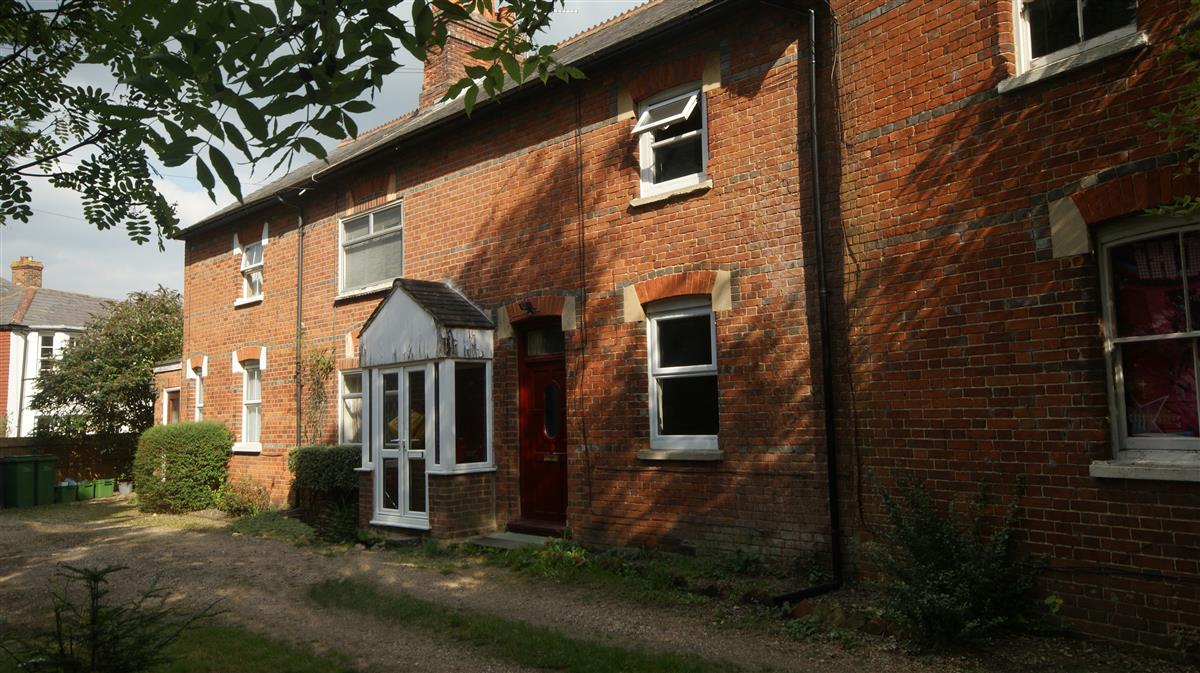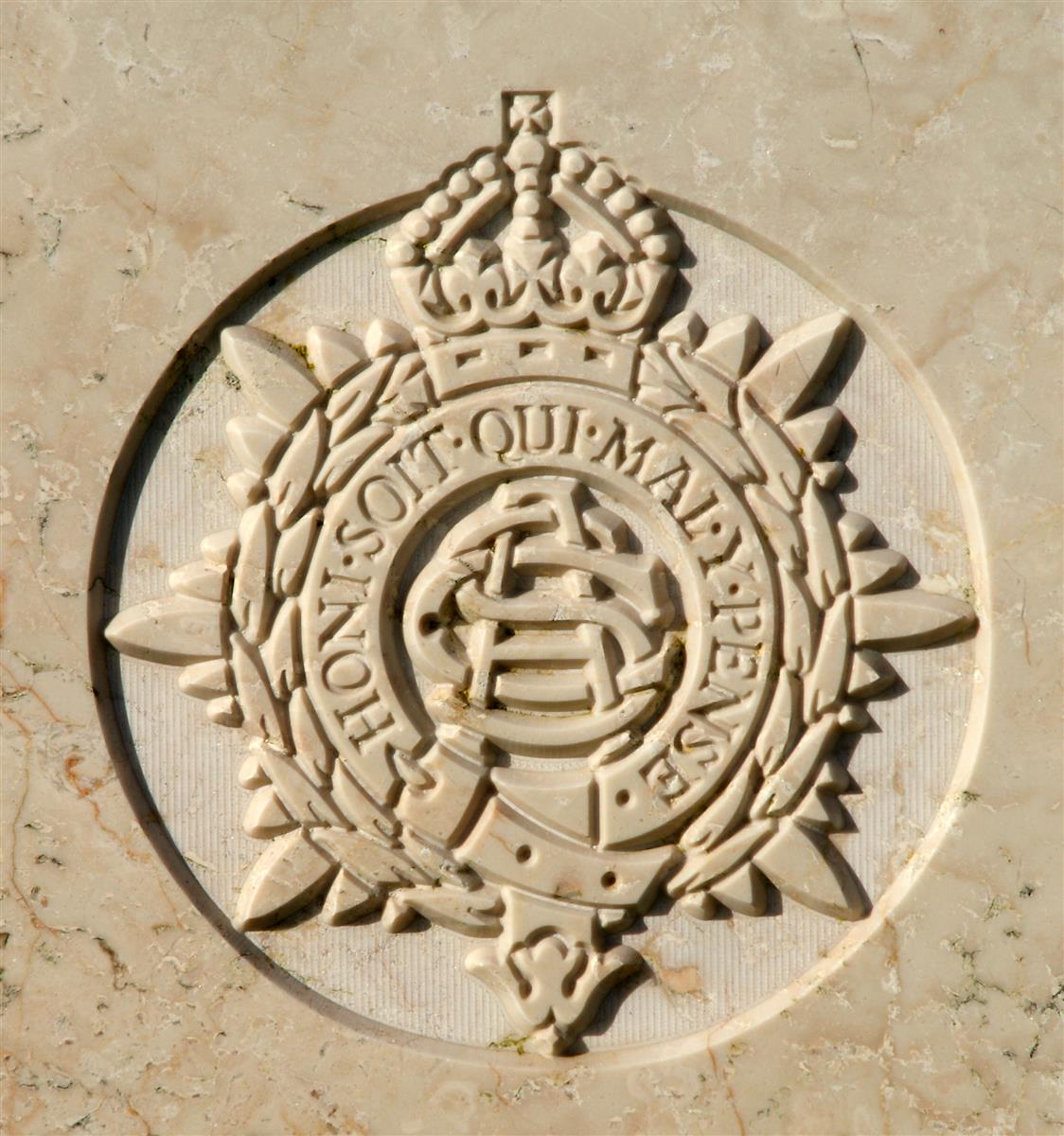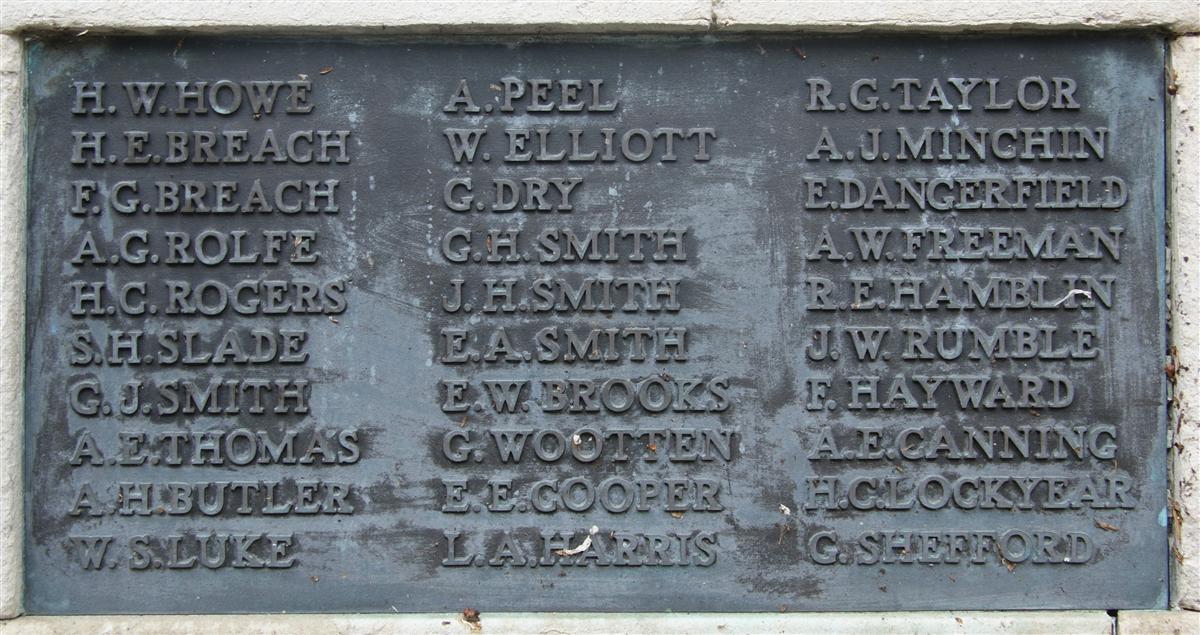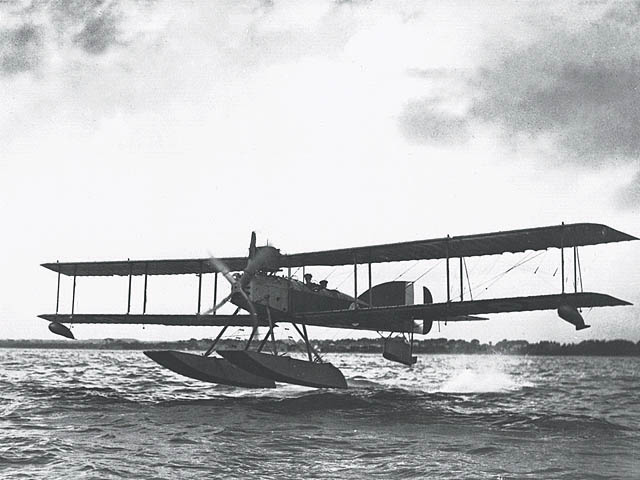Ernest Dangerfield
Private MS/110 Ernest Dangerfield, Army Service Corps (Motor Transport)

2 Rosebery Place (68 Greenham Road) - the Dangerfields' address when they moved to Newbury in 1914. |
By 1911 he had had a total change of career and was working in Hackney as a chauffeur. The following year he married Caroline Sarah Allen in the Pewsey district and they soon started a family. Their first child, Marguerite Mary (Peggy), was born on 1 January 1913, followed by Felix Peter on 29 January 1914. Both children were born in Watford; presumably Ernest was working there.
When war was declared in August 1914 Ernest was quick to volunteer and the Army was keen to have him. With an army of 80,000 men to feed, transport and equip there was an immense need for experienced drivers and mechanics – which resulted in Ernest being snapped up by the Army Service Corps for their Motor Transport arm and categorised as a ‘motor special’ as shown by his service number – MS/110. They didn’t waste any time training men like Ernest to drill and salute, instead they put them to work. Ernest was posted to the 1st Division’s Ammunition Park – the unit responsible for the transport and supply of armaments and munitions for the whole Division of around 20,000 men.
In 1914 Caroline and the children were living in Newbury, at 2 Rosebery Place, Greenham Road. It is not clear if this was the result of a change of employment for Ernest or a move by Greenham-born Caroline to be close to her family after her husband joined the army.

The regimental badge of the Army Service Corps, as used on CWGC headstones. |
It was towards the end of the 2nd Battle that Ernest and several others were burned as the result of an explosion. It is not clear if this was the result of enemy action, or an accident with the deadly ordnance Ernest and his comrades were working with in their daily routine. Ernest’s injuries were severe and he was taken to a Base Hospital in Abbeville where he died on 30 April 1915.
His wife was informed and placed a notice of his death in the local paper:
Newbury Weekly News, 5 May 1915 – On Active Service
DANGERFIELD – April 30, at Abbeville Hospital, France, Ernest John Dangerfield, Army Service Corps, the dearly beloved husband of Mrs Dangerfield, of 3, Roseberry-place, Greenham-road.
The following week more details were printed:
Newbury Weekly News, 13 May 1915 p8 – Local War Notes
News is to hand that Mr Ernest Dangerfield died at Abbeville Hospital on Thursday last. Mr Dangerfield, who lived at Rosebery-terrace, Greenham-road, volunteered for service early in August in the motor transport section of the ASC, and with the exception of a few days’ leave two months ago, he has been on continual service since then. His death was the result of severe burns inflicted on him and several of his comrades by an explosion. He was laid to rest with military honours, over 250 of his comrades attending the funeral. His brother, Mr Bernard Dangerfield, has been gazetted Sub-Lieutenant Royal Naval Volunteer Division, Crystal Palace.
Ernest was buried in grave II.B.2 at the Abbeville Community Cemetery , the municipal cemetery, which was much extended to cater for the all too many young men who died at the military hospitals in the town.
The following year an extract from a letter was printed in the paper:
Newbury Weekly News, 24 February 1916 p8 – Local War Notes
A letter from Driver Hancock (5th Auxiliary Lorry, MT ASC) with the British Expeditionary Force in France, says:- “I have been for a long walk this afternoon, and have arrived at the Soldiers’ Home for a cup of tea to break my journey. I called at the Cemetery, and was able to pay a visit to the grave of my late “comrade in arms,” Ernest Dangerfield, of the Greenham-road, Newbury, and I should like his widow to know that his resting place is well kept. The French are far more demonstrative than the English in regard their tombs, which receive a good deal of ornamentation, and have in some cases miniature churches erected thereon. On other graves there are glass houses full of flowers. Every family has its detached portion of land bounded on each side by a neatly kept path.
Visit Abbeville Cemetery today and the same cultural contrast can be seen, between the neat rows of Commonwealth War Graves and the extravagant family tombs of the locals.
Caroline also remembered her husband in further notices:
Newbury Weekly News, 11 May 1916 – In Memoriam
In memory of a kind and loving husband, Pte Ernest John Dangerfield, MT, ASC, who died of burns at Abbeville Hospital, April 31st, 1915.
From his loving wife and children.
Newbury Weekly News, 2 May 1918 – In Memoriam
In ever loving memory of my dear husband, Pte Ernest John Dangerfield, MT, ASC, died of burns at Abbeville Hospital, April 31st, 1915.
From his loving wife and children of Greenham-road, Newbury.
 Ernest's name on Newbury War Memorial (upper right) |
Caroline remained in Newbury for most of the rest of her life, living for many years at 107 Queen’s Road. She died in Mortimer in 1950, aged 69. Their children, Marguerite and Felix, were executors of her estate.
Locally he is remembered on panel 10 of the Newbury Town War Memorial and on the memorial window in St Mary's Church in Greenham.
Captain Bernard Dangerfield MC, RAF
Ernest’s young brother, Bernard, 15 years his junior, also served – as noted in the report of Ernest’s death. He began his service in the Royal Navy on 10 September 1914, but not as a sailor - he was posted to the 1st Battalion of the Royal Naval Division. He showed sufficient promise to be commissioned on 1 April 1915. He first saw action at Gallipoli, and then France, before being promoted to Lieutenant on 30 May 1916. On 2 January 1917 he was awarded the Military Cross:
London Gazette, 26 January 1917
Temp Lt Bernard Dangerfield, RNVR
For conspicuous gallantry in action. He established and maintained communication under very heavy fire. Later, he carried out a dangerous reconnaissance and led a considerable number of men forward who were held up.
Bernard’s specialism was wireless communication, which made him an ideal recruit for the Royal Naval Air Service (RNAS), which he joined as an Observer on 18 May 1917. On 1 April 1918 the RNAS merged with the Royal Flying Corps to form the Royal Air Force and Bernard became an RAF Lieutenant.

Short 184 seaplane |
On 7 November 1918 he was promoted to Captain. A few days later the Armistice ended the war and he was soon discharged, leaving the RAF on 19 January 1919.
In civilian life he had qualified as a surveyor. In the 1930s he worked for the Ministry of Health as what we would now call a Planning Inspector – chairing enquiries into contentious planning applications where the developer appealed local council decisions.
He died on 20 February 1973, aged 81.

Find a memorial :
| Died this day: | |
| 14 January 1946 | |
| H C Waite | |
| Lower Basildon |

Like this site? Show your appreciation through a donation to a great charity.